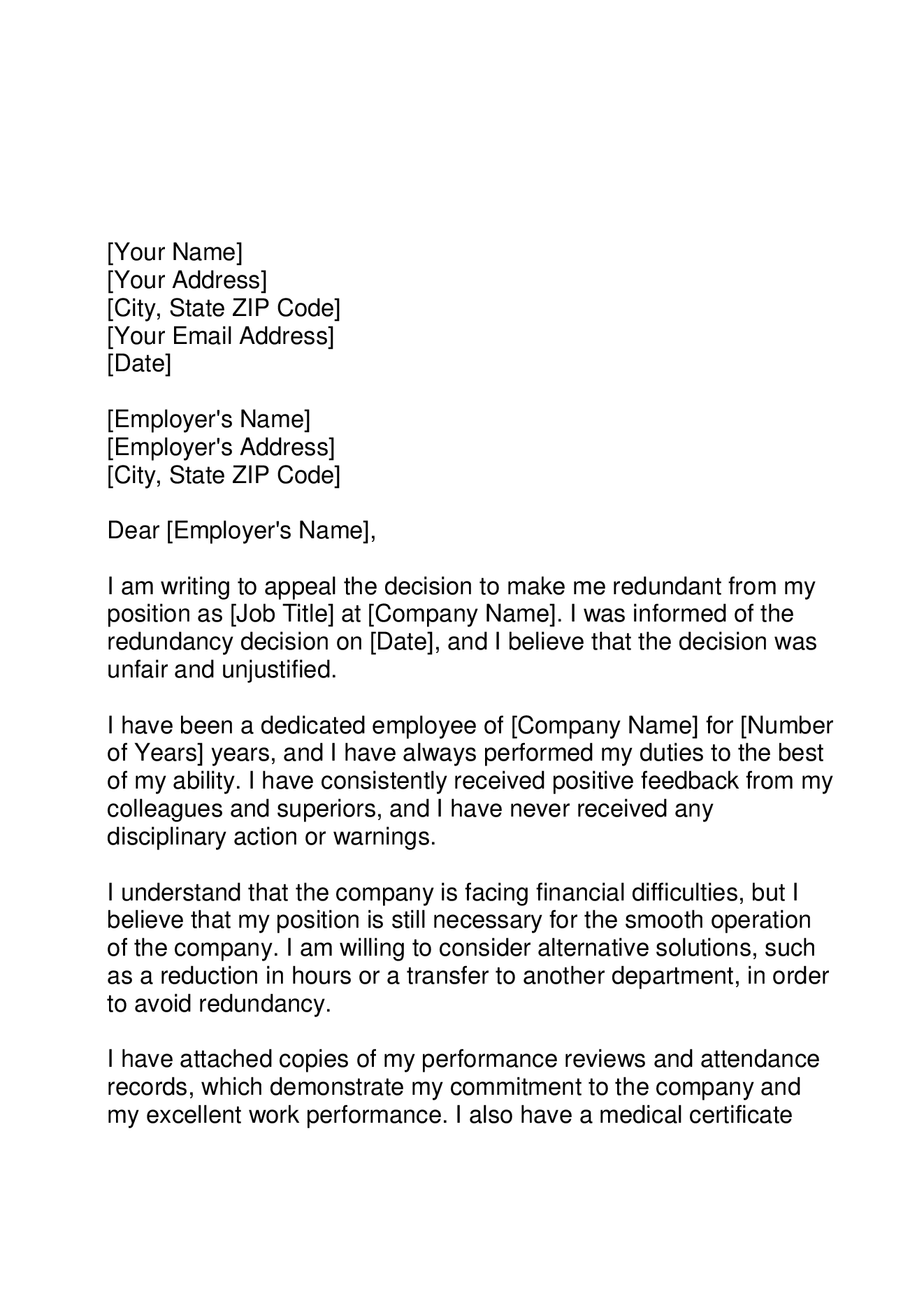Redundancy Pay If Company Goes Bust: Understanding Your Entitlements in the UK
Redundancy Pay If Company Goes Bust: Understanding Your Entitlements in the UK
Blog Article
Investigating the Interplay In Between Business Redundancy and Organizational Adaptability for Future Growth
In the dynamic landscape of today's organization globe, the complex relationship in between business redundancy and business adaptability arises as a vital aspect for sustained development and success. Companies commonly encounter the obstacle of striking a delicate equilibrium between maintaining a level of redundancy to reduce threats and fostering versatility to respond swiftly to the ever-evolving market demands.
Value of Firm Redundancy
Business redundancy is an important component that improves organizational strength and minimizes operational threats. By integrating redundancy measures within the business framework, companies can better stand up to unexpected disturbances and variations in business environment. Redundancy works as a tactical buffer, enabling business to adjust and react properly to unforeseen obstacles without compromising important procedures.
One secret aspect of the significance of firm redundancy is its role in ensuring connection during times of crisis. When encountered with abrupt changes or emergency situations, redundant systems, sources, or employees can action in to preserve important features and protect against prevalent disruptions. This continuity not only safeguards the company's track record and consumer trust fund but additionally lessens monetary losses and operational downtime.

Strategies for Organizational Flexibility

Creating versatile organizational structures that enable for quick adjustments to market characteristics and client requirements is necessary for remaining competitive in a rapidly developing environment. By proactively recognizing prospective disturbances and possibilities, companies can proactively thrive and adjust in an ever-changing service landscape.
Harmonizing Redundancy and Flexibility
Attaining a harmonious stability between operational redundancy and organizational adaptability is extremely important in browsing the intricacies of a dynamic service environment. Redundancy within a company gives a safeguard, making certain connection and stability in procedures. Nonetheless, an excess of redundancy can cause inefficiencies and prevent adaptability to altering market conditions. On the various other hand, business versatility enables firms to respond promptly to external More about the author interruptions and take brand-new possibilities. Striking the appropriate balance in between redundancy and versatility is a fragile process that needs a deep understanding of the company's objectives, industry characteristics, and risk resistance.
To achieve this equilibrium, business need to carry out regular evaluations of their operations to determine areas where redundancy is necessary for danger reduction and where adaptability can drive technology and development. Executing flexible structures, cultivating a culture of constant discovering and improvement, and urging open communication across all levels of the company are vital techniques to harmonize redundancy and adaptability efficiently. By straightening these 2 crucial components, companies can position themselves for sustainable growth and success in an ever-changing organization landscape.
Instance Studies on Adaptation Success
In examining circumstances of effective business adjustment, it becomes apparent that the interaction in between functional redundancy and versatility is a defining consider shaping durable organizations. One engaging study is that of Netflix. At first a DVD rental service, Netflix demonstrated remarkable adaptability by transitioning right into a streaming system when digitalization disrupted the market. By strategically buying modern technology and web content production, Netflix not just made it through however flourished in a quickly evolving market. One more standout instance is Amazon. Starting as an on the internet bookstore, Amazon continually adjusted its company model, broadening into varied fields such as cloud computing and expert system. This adaptability permitted Amazon to remain ahead of competitors and meet transforming consumer needs. Finally, Adobe provides a notable illustration of effective adaptation. The firm changed from marketing software application licenses to a subscription-based version, guaranteeing persisting profits streams and improved client interaction. These study emphasize the importance of operational redundancy combined with business versatility in fostering long-lasting development and competition.
Building Strength for Future Growth
Structure durability for future development calls for a strategic placement of operational processes with market characteristics and emerging fads. Companies must adapt to transforming environments by promoting a culture of versatility, development, and constant renovation. Resilience entails not just recuperating from setbacks however likewise proactively planning for future obstacles. One essential aspect of building resilience is purchasing robust threat management techniques to reduce prospective disruptions. This includes situation planning, diversifying supply chains, and developing contingency prepare for different contingencies (who pays redundancy money).
Furthermore, promoting strong partnerships with stakeholders, such as clients, staff members, distributors, and the area, is crucial for weathering unpredictabilities and preserving trust and assistance during rough times. Reliable interaction and openness play an essential duty in building durability, as they aid facilitate and line up expectations cooperation in browsing uncertainties.
In addition, companies require to focus on learning and growth initiatives to upskill workers and equip them with the required tools to adjust to transforming conditions. By purchasing their labor force, firms can enhance their adaptability and agility, ultimately reinforcing their resilience for lasting future growth.
Verdict

In the vibrant landscape of today's service world, the elaborate connection between company redundancy and business versatility arises as a critical factor for continual development and success. Firms usually face the difficulty of striking a fragile balance between preserving a level of redundancy to mitigate risks and cultivating adaptability to react swiftly to the ever-evolving market demands.To accomplish this balance, business need to carry out normal assessments of their operations to determine locations where redundancy is necessary for danger reduction and where flexibility can drive advancement and development.In verdict, the interaction between company redundancy and business versatility is vital for future development. Structure durability through a combination of redundancy and adaptability will certainly ensure that business are prepared for the difficulties of the future.
Report this page